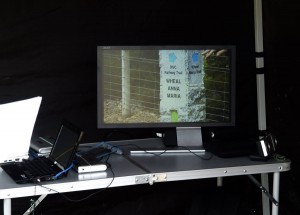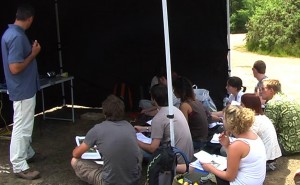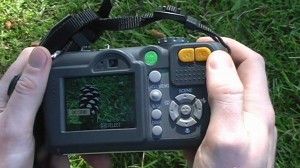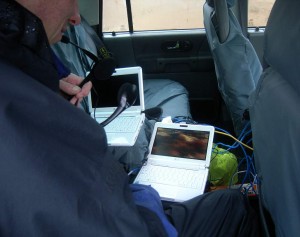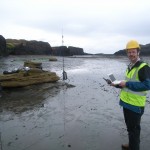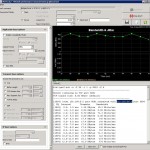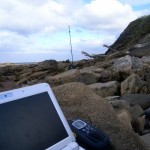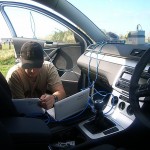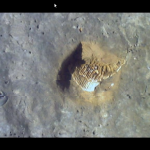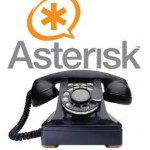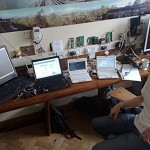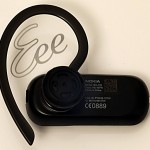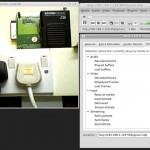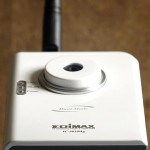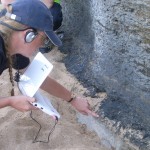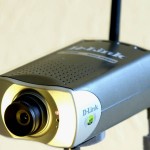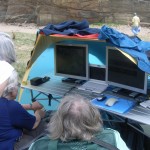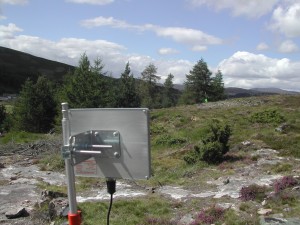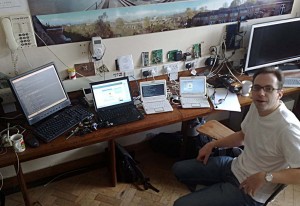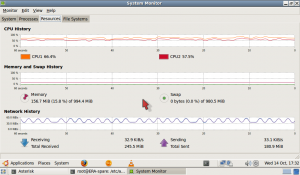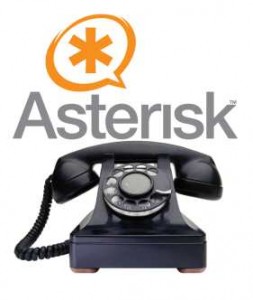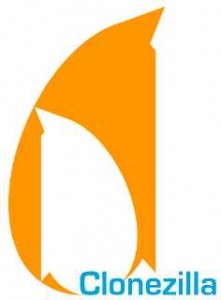On July 7th, the ERA team and our Plymouth University GEES collaborators John Maskell, Paul Lunt, Jason Truscott, Matt Sharples and Alison Stokes demonstrated the use of remote learning with ERA technology at the Devon Great Consols site. A minibus load of delegates from both the GEES Subject Centre 10th Anniversary Conference and the GEES Early Career Lecturers Workshop were shown a remote investigation of the site, delivered by John Maskall and Paul Lunt, with Matt Sharples as camera operator.
Category Archives: Reports
Plymouth University trials ERA
At the end of June, we conducted some experiments to evaluate the performance of ERA-assisted fieldwork compared to the same fieldwork task being performed by students visiting the site directly. Four groups of students volunteers visited Devon Great Consols to perform an Environmental Impact Assessment (EIA) task related to a fictional plan to exploit metals available in the waste heaps on the site, left over from its time as an arsenic extraction plant in the late 19th and early 20th centuries.
ERA introduction video
ERA visits Plymouth to demonstrate at GEES
On Monday 29th March (2010) we (John and Trevor) visited the Higher Education Academy’s Geography, Earth and Environmental Sciences Subject Centre based at the University of Plymouth. We met with John Maskall and Jason Truscott, and showed them the portable wireless network toolkit we’ve been developing in ERA.
Here is a video clip and some photos from the demo we did at the Devon Great Consols Mine.
Portable VoWLAN: A portable voice over wireless local area network for mobile learning
Screen shots
Description
The Portable VoWLAN Toolkit is a battery-powered wireless local area network, optimised for voice and video data. Developed for use in university geology field courses, the toolkit provides a 802.11g WiFi network, a VoIP telephony server, and streaming video. During a field trip students and lecturers can use VoIP softphones to talk to one another, and any web standards compliant browser to view streaming video and collected photos. Although developed to improve student access to geology fieldwork, the resulting generic toolkit can be applied to support any mobile learning context where live communication is required.
Ubuntu 9.10 and Bluetooth audio.
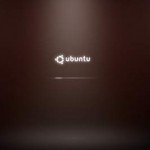 Following the release of the new 9.10 ‘Karmic Koala’ version of Ubuntu, we installed it on one of the Asus 901s, trying out a new configuration of all ext4 disk partitions and no swap partition. Discovering that the ‘Netbook Remix’ (UNR) release of the operating system now could only use the mobile phone look-alike interface and had the Desktop-Switcher package removed, we followed forum advice and tried the full Ubuntu 9.10 release instead. Having disabled the ‘wobbly windows’ graphics enhancements in Gnome, Ubuntu 9.10 was no trouble on the Asus 901 – all the devices worked from the start, dialogue and menu boxes fitted in the available screen area by default. One of the main reasons for trying Ubuntu 9.10 was to experiment with an early desire of ERA to use the bluetooth audio headsets commonly available for mobile phones instead of wired mic-and-headphones devices. With our Ubuntu 9.04 UNR installations we couldn’t get this to work, despite spending a frustrating day or two in early July with the latest software then available. At that time, improved bluetooth interaction with beta Pulseaudio releases and experimental device control with Blueman were not integrated into Ubuntu releases, but promised to make bluetooth audio as simple under Ubuntu as it is on a mobile phone.
Following the release of the new 9.10 ‘Karmic Koala’ version of Ubuntu, we installed it on one of the Asus 901s, trying out a new configuration of all ext4 disk partitions and no swap partition. Discovering that the ‘Netbook Remix’ (UNR) release of the operating system now could only use the mobile phone look-alike interface and had the Desktop-Switcher package removed, we followed forum advice and tried the full Ubuntu 9.10 release instead. Having disabled the ‘wobbly windows’ graphics enhancements in Gnome, Ubuntu 9.10 was no trouble on the Asus 901 – all the devices worked from the start, dialogue and menu boxes fitted in the available screen area by default. One of the main reasons for trying Ubuntu 9.10 was to experiment with an early desire of ERA to use the bluetooth audio headsets commonly available for mobile phones instead of wired mic-and-headphones devices. With our Ubuntu 9.04 UNR installations we couldn’t get this to work, despite spending a frustrating day or two in early July with the latest software then available. At that time, improved bluetooth interaction with beta Pulseaudio releases and experimental device control with Blueman were not integrated into Ubuntu releases, but promised to make bluetooth audio as simple under Ubuntu as it is on a mobile phone.
Trunking calls between Asterisk servers with IAX2.
At the end of last week we managed to create an IAX to IAX trunk between 2 asterisk servers on the local wired LAN. IAX trunking is a way to connect multiple Asterisk servers and allow clients of different servers to place calls to each other. Continue reading
MeetMe testing
Last Wednesday we did some testing of our Asterisk MeetMe setup, at dekspc medialab in London. Setting up the Asterisk server on the local wired LAN and assembling an assortment of 6 SIP clients, using Ekiga on both Windows and Linux platforms, and a Mac running the SIP client Telephone. Each client registered with Asterisk as users era1 -> era9 and dialled ‘1234’ for the MeetMe conference room. Continue reading
Set up Asterisk conference calling with MeetMe.
I made my first (2-way) conference call on Asterisk/Meetme just now. To enable MeetMe with Asterisk, you first need to edit your meetme.conf in /etc/asterisk/ , mine looks like this:
Disk Imaging with Clonezilla.
Once our netbooks have their operating systems and software installed on them, when they’ve been tested and tinkered with, it’d be a shame to have to do all that again without good reason. To avoid wasting time in the future, it makes sense to back-up the whole system whilst it’s nice and tidy, so if there are problems later we can roll back to a ‘known good’ installation quickly. There are several packages for doing this – Norton Ghost and Ghost-4-Unix are well known, but a slightly obscure project from the Taiwanese National Centre for High-performance Computing called Clonezilla beats them all on either price or performance, or both. Continue reading
